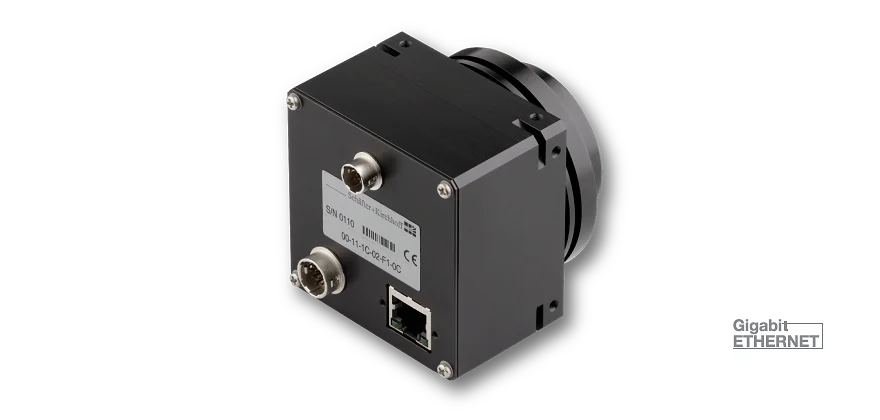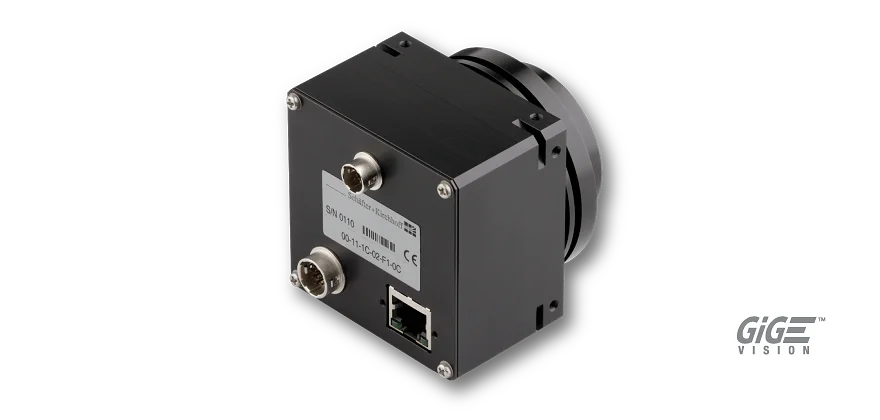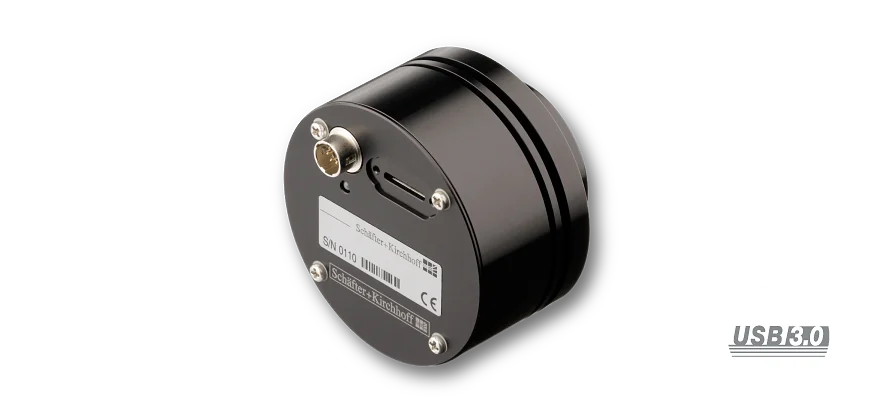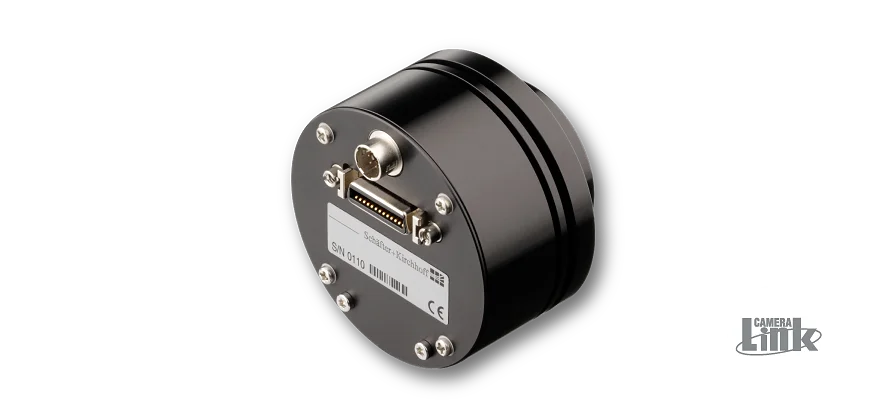Features
- Line frequency up to 52.6 kHz
- Shading correction with permanently stored profiles
- Programmeable Lookup Table
- Window Function (ROI)
- Line Trigger, Frame Trigger, Threshold Trigger
- Advanced Synchronization Control
- Thresholding
- Decoupling of line frequency
- Extra signals for diagnosis
- Data cable length up to 100m





